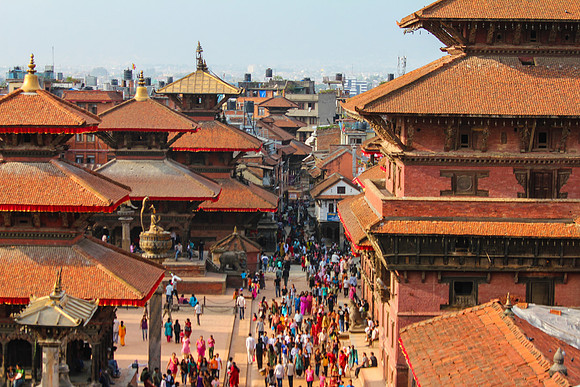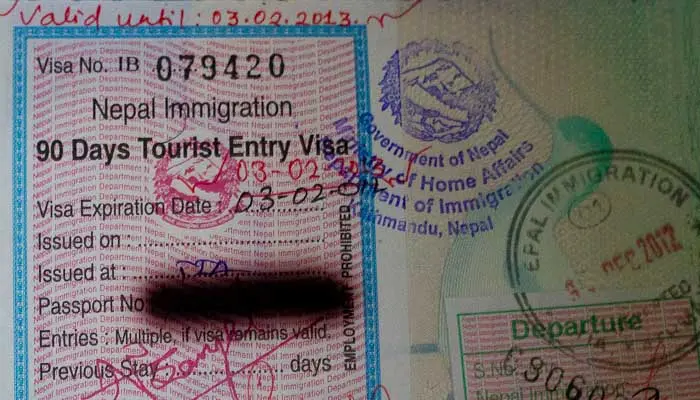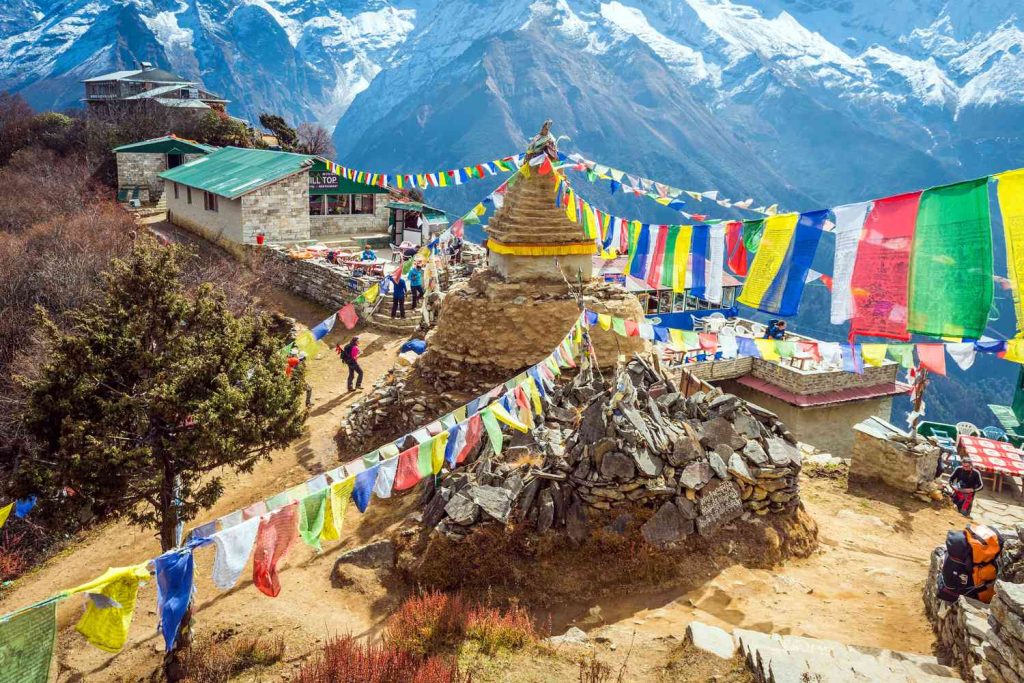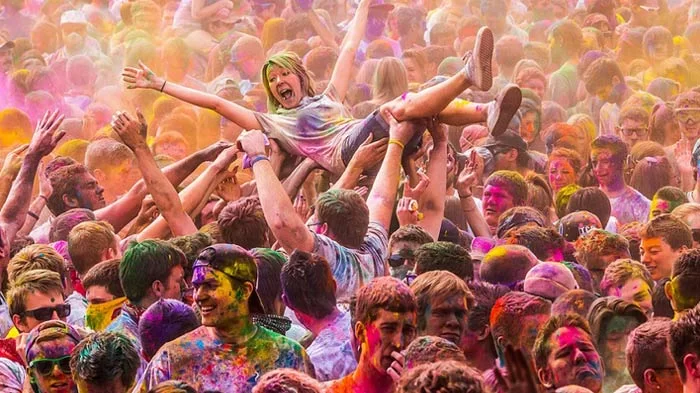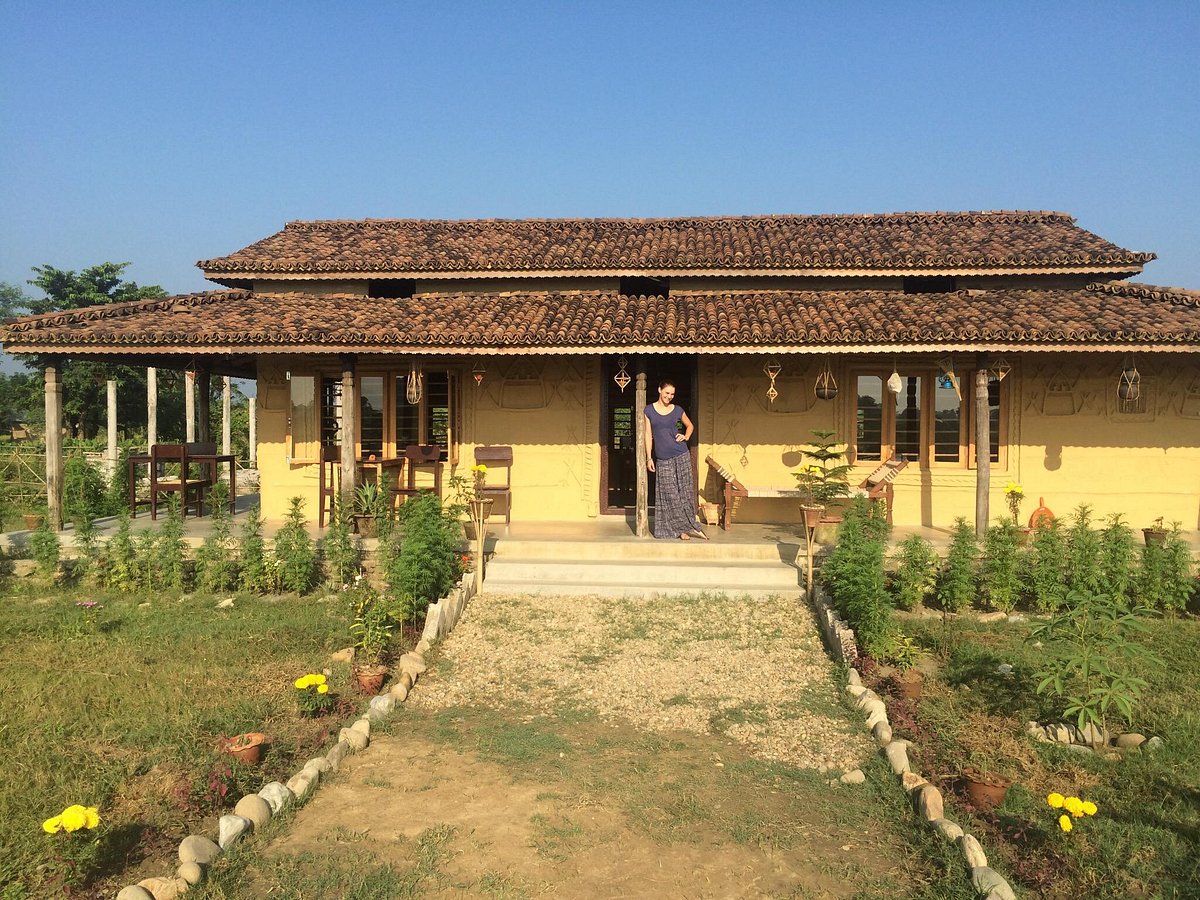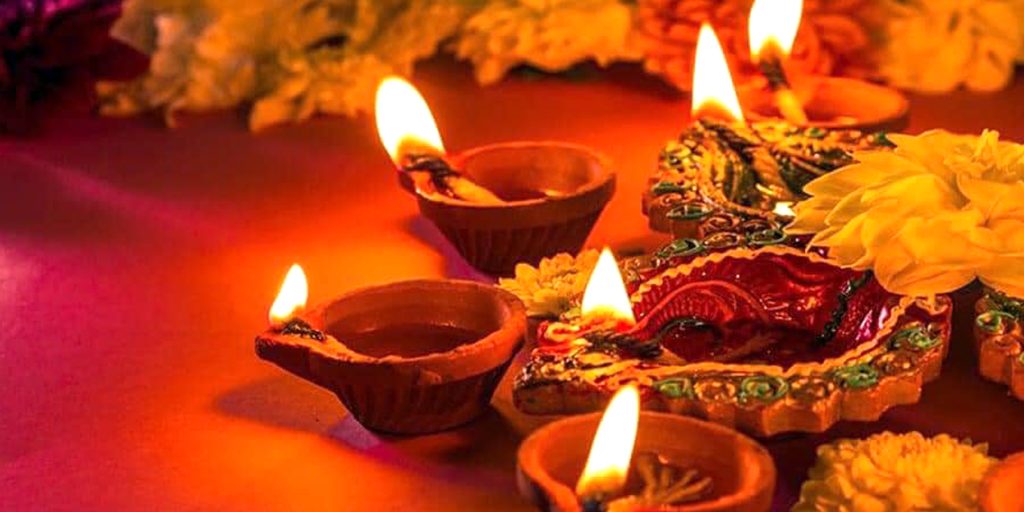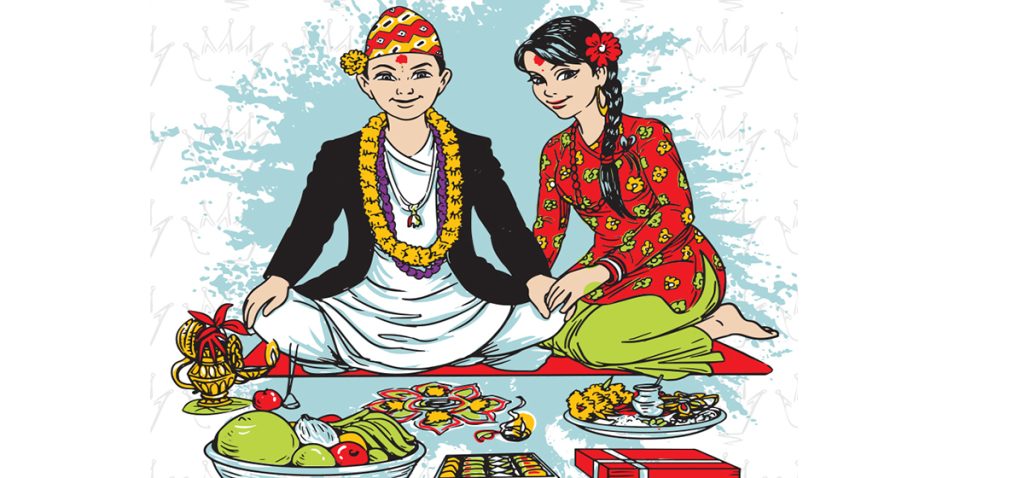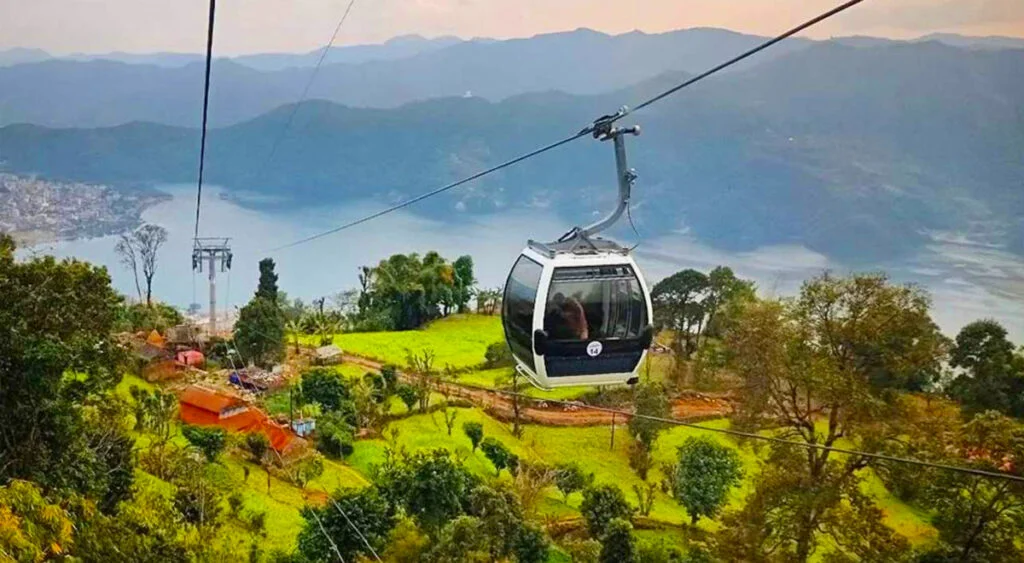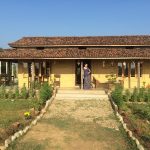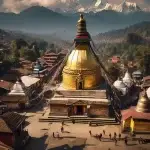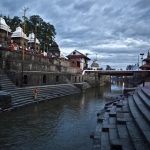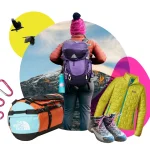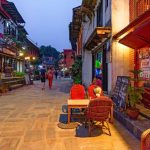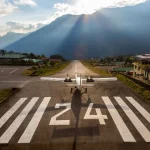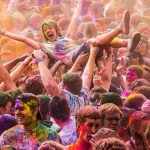Now Reading: Travelling Options in Nepal: A Detailed Cost Analysis with Pros and Cons
-
01
Travelling Options in Nepal: A Detailed Cost Analysis with Pros and Cons
Travelling Options in Nepal: A Detailed Cost Analysis with Pros and Cons
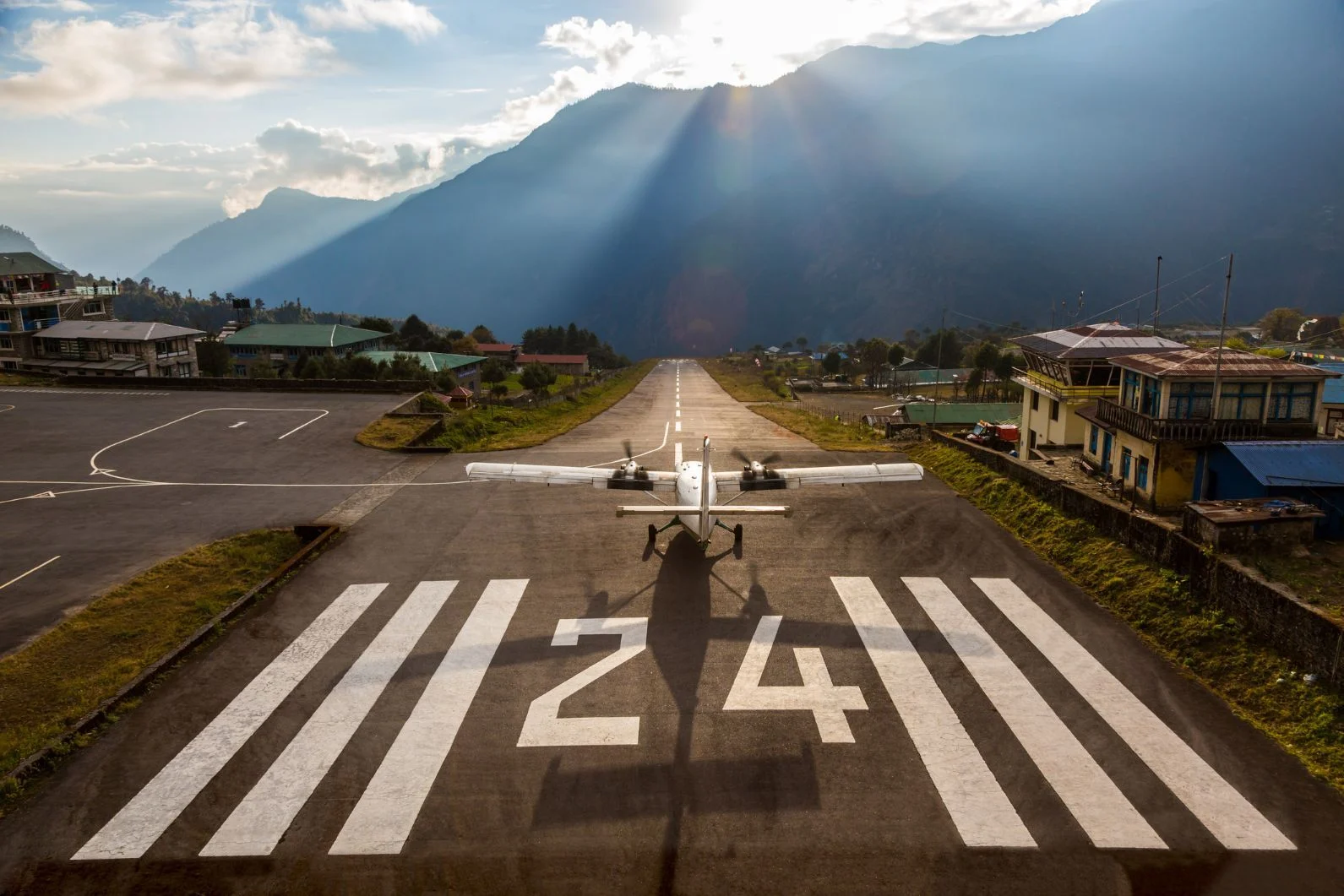
Nepal, the land of the Himalayas, is a dream destination for nature lovers, adventurers, spiritual seekers, and cultural explorers alike. Whether you’re trekking through the Annapurna Circuit, exploring ancient temples in Kathmandu, or taking in the beauty of Pokhara’s lakeside, getting around the country is part of the adventure. But what are the best travel options in Nepal, and how do they compare in terms of cost, comfort, and convenience?
In this guide, we explore the main transportation modes available in Nepal, which are flights, tourist buses, local buses, taxis, rental vehicles, and even motorbikes, along with a breakdown of average costs in USD and their respective pros and cons. Please note that all the costs are approximate and are dependent on the seasons and the time of day you are travelling.
1. Domestic Flights
Where It’s Useful: Kathmandu to Pokhara, Lukla, Bharatpur (Chitwan), Nepalgunj, Biratnagar, etc.
Average Cost:
- Kathmandu to Pokhara: $100–$150 (one-way, tourist fare)
- Kathmandu to Lukla: $180–$250
Pros:
- Time-saving: Ideal for travellers with limited time.
- Scenic views: Get an aerial view of the mountains and landscapes.
- Access to remote areas: Some treks, like Everest Base Camp, require flights to places like Lukla.
Cons:
- Expensive: Especially compared to land travel.
- Weather dependent: Flights often get delayed or cancelled due to bad weather.
- Baggage restrictions: Light luggage limits for flights to remote areas.
Verdict: Best for time-sensitive travellers or those heading to remote mountainous regions.
2. Tourist Buses
Where It’s Useful: Kathmandu to Pokhara, Chitwan, Lumbini, Bandipur.
Average Cost:
- Kathmandu to Pokhara or Chitwan: $9–$25 depending on class.
- VIP buses (Greenline, Mountain Overland): $22–$30
Pros:
- Comfortable: Especially VIP coaches with AC, reclining seats, and sometimes snacks.
- Direct routes: Minimised stops and better schedules than local buses.
- Affordable: Good value for money compared to flights.
Cons:
- Long journeys: Kathmandu to Pokhara takes 6–8 hours.
- Road conditions: Bumpy, dusty roads with traffic jams and occasional landslides.
- Limited destinations: Mostly major tourist routes.
Verdict: Ideal for mid-budget travellers wanting comfort without flying.
3. Local Buses and Microbuses
Where It’s Useful: Almost everywhere, especially rural areas not served by tourist buses.
Average Cost:
- Kathmandu to Pokhara (local bus): $5–$8
- Kathmandu to small towns: $1–$6
Pros:
- Cheap: Incredibly affordable even for long distances.
- Authentic experience: Great for observing local life and meeting Nepali people.
- Widely available: Reach places that tourist buses don’t go.
Cons:
- Uncomfortable: Overcrowded, loud, and often not well-maintained.
- Inconsistent: Delays and unscheduled stops are common.
- Safety concerns: Especially at night or in mountainous areas.
Verdict: Suitable for budget travellers and adventurers willing to trade comfort for cost savings.
4. Taxis
Where It’s Useful: Within cities like Kathmandu, Pokhara, and smaller towns.
Average Cost:
- Airport to Thamel (Kathmandu): $6–$10
- Short city rides: $2–$5, depending on negotiation
Pros:
- Convenient: Door-to-door service, 24/7 availability.
- Time-saving: Good for reaching destinations quickly.
- Private: Safer and less stressful than buses for newcomers.
Cons:
- Overcharging: Most taxis don’t use meters, especially for tourists.
- Limited to urban areas: Not useful for intercity travel.
- Negotiation hassle: Often requires bargaining.
Verdict: Great for short distances, but always agree on the fare beforehand.
5. Private Vehicle Hire with Driver
Where It’s Useful: Group tours, family travel, customised itineraries.
Average Cost:
- Daily rental with driver: $50–$90 per day (depending on vehicle type)
- Kathmandu to Pokhara: around $100–$120 for a car
Pros:
- Flexible and private: Travel at your own pace.
- Comfortable: Air-conditioned cars are available.
- Good for groups: Splitting the cost makes it more affordable.
Cons:
- Expensive for solo travellers: Costs add up fast.
- Traffic: Doesn’t bypass Nepal’s slow road network.
- Limited insurance standards: Always check driver credentials.
Verdict: Ideal for families, small groups, or travellers with a flexible budget wanting comfort and freedom.
6. Self-Drive or Motorbike Rentals
Where It’s Useful: Pokhara, Kathmandu, and surrounding areas. Popular among adventure seekers.
Average Cost:
- Motorbike (125cc–250cc): $12–$25 per day
- Scooter: $6–$12 per day
- Car (self-drive): $35–$60 per day (rare, usually with a large deposit)
Pros:
- Freedom: Explore offbeat trails and remote villages.
- Fun experience: Ideal for adrenaline junkies.
- Cheap fuel: Petrol costs about $1 per litre.
Cons:
- Risky: Road conditions can be dangerous, especially in the rain.
- License requirements: An International driving license is required.
- Navigation issues: Google Maps isn’t always reliable in rural areas.
Verdict: Best for experienced riders looking to explore Nepal independently.
7. Walking and Trekking
Where It’s Useful: Everywhere—from city exploration to world-famous treks.
Average Cost:
- City walking tours: Free
- Treks: $25–$70 per day (permits, guide, accommodation, food)
Pros:
- Eco-friendly: No emissions, minimal environmental impact.
- Healthy: Great physical exercise.
- Immersive: Let’s you fully experience Nepal’s beauty and culture.
Cons:
- Time-consuming: Treks can take 5–20+ days.
- Physically demanding: Not suitable for everyone.
- Weather dependent: Can be tough during monsoon or winter.
Verdict: The essence of Nepal—must-do for nature and adventure lovers.
Summary Comparison Table
| Mode of Transport | Average Cost (Daily/Trip) | Best For | Major Drawback |
| Domestic Flights | $100–$250 | Timesaving, scenic views | Expensive and weather delays |
| Tourist Buses | $9–$30 | Comfort on budget | Slow and dependent on roads |
| Local Buses | $1–$6 | Ultra-budget, rural travel | Crowded, uncomfortable |
| Taxis | $2–$10 | City transport, short rides | No meters, fare negotiation |
| Private Car + Driver | $50–$120/day | Groups, custom itineraries | Costly for solo travellers |
| Motorbike Rental | $12–$25/day | Independent, adventure travellers | Road risks, weather issues |
| Trekking/Walking | $0–$70/day | Immersion, nature, adventure | Time and stamina needed |
Final Thoughts
Nepal is as diverse in travel options as it is in culture and geography. For every type of traveller—luxury seekers, budget backpackers, nature lovers, or culture enthusiasts—there’s a suitable way to get around. While air travel saves time, road travel shows you the real heart of the country. And if you’re willing to lace up your boots and trek, you’ll uncover experiences money can’t buy.
Before deciding how to travel, consider your time, budget, physical capacity, and appetite for adventure. Often, a mix of different transportation modes is the best way to make the most of your journey through this enchanting Himalayan kingdom.

